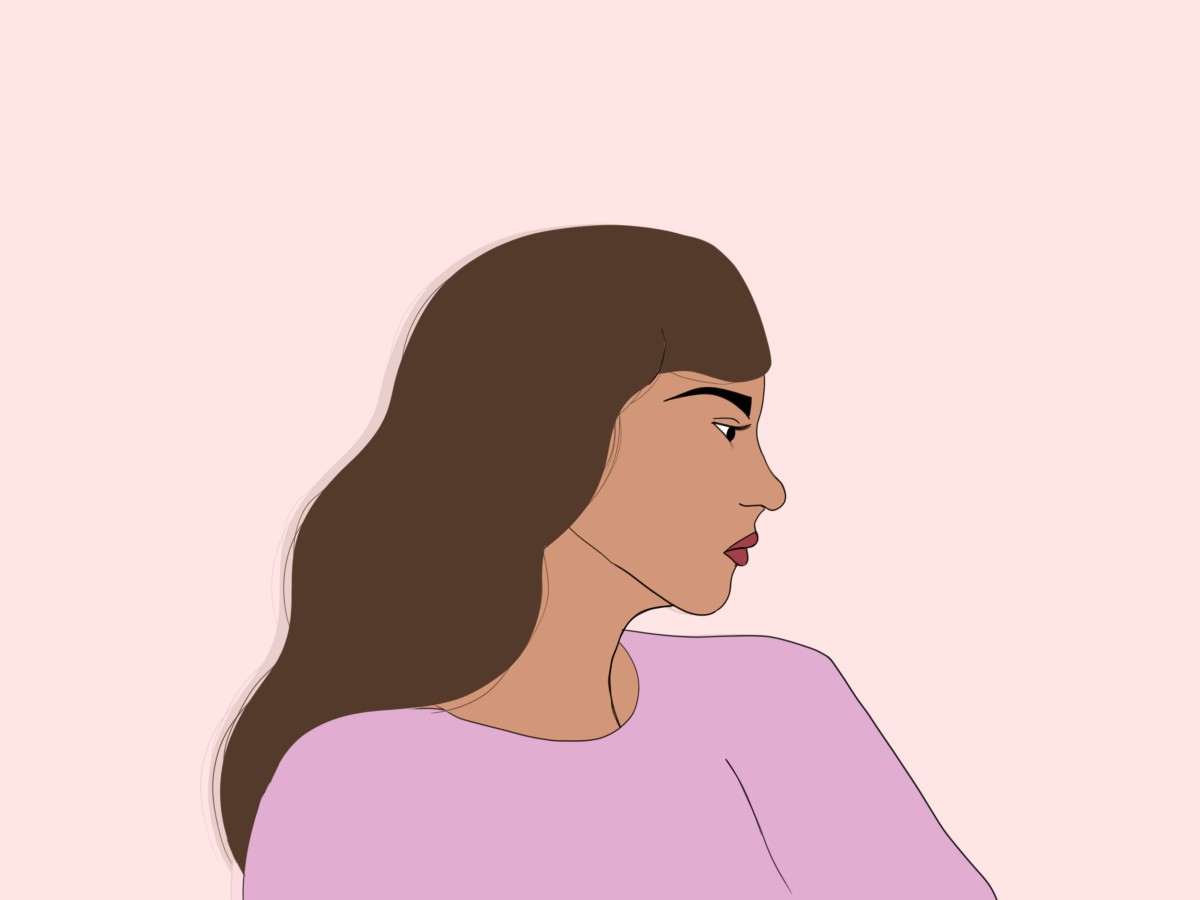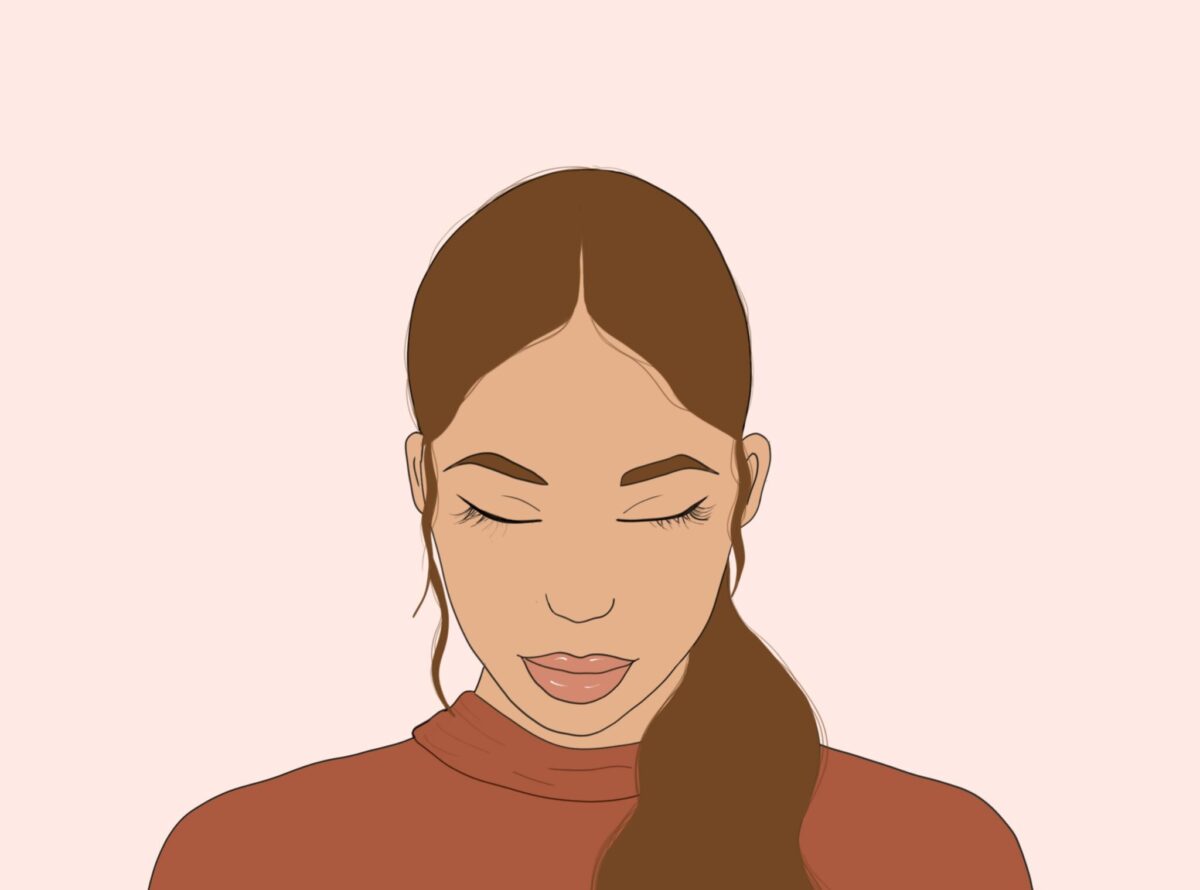At 15 years old, I was given a diagnosis that was 15 years too late. I was told I had autism spectrum disorder. I sat in an empty room of a psychiatric ward with a locked window, the strings cut from my hoodie to prevent me from taking my own life and two psychiatrists sat opposite, breaking the news.
At the time, I couldn’t quite believe it was true. Surely they couldn’t be talking about me? ‘Autistic’, to me, meant different and that was something I’d actively spent my whole life so far trying not to be. It felt like a huge label had been slapped on my behaviours and mental health, and they thought this was the answer to it all. It wasn’t the answer, it was much more complicated than that.
At the time I had lost count of the amount of times I’d attempted suicide, heavily restricting my food and fluid intake as well as self harming and hearing voices. I was a complete mess and was still deteriorating despite the ‘help’ they were meant to provide me with in hospital.
But this was not because I was autistic. It’s because I’d gone 15 years wondering why I couldn’t fit in the way everyone else did. The severe extent my mental health had been driven to was a mere side effect of the years I’d spent knowing that something was ‘wrong’ with me but not knowing why.
The major depressive disorder, anorexia nervosa and anxiety were a product of this equation that was not solved in time to contain them. Once these illnesses surfaced, they grew their own roots and bloomed by themselves.
As a child, my symptoms were overlooked
Despite being an incredibly anxious child who didn’t cope well with change or social situations in general, I was completely overlooked. Why? Because I was excused as being ‘shy and polite’ even though inside my head was whirring with constant stress and confusion. I never spoke up or told anyone how much I was struggling until it broke me.
During school, I was pushed far too much academically; given extra classes for maths and English while the other kids got to experiment and play. They told me I was gifted, I was advanced and mostly studying two years ahead of where I was supposed to. They wanted to push me far beyond my limits, sacrificing my mental health and freedom for it.
The teachers didn’t notice that putting my hand up in class was the most daunting part of my day. They didn’t notice even when I broke down and had panic attacks about reading out a poem I’d written to a church full of people. They didn’t notice that almost every social behaviour I had was a carbon copy of the other girls, and that I’d be called a ‘copycat’ and let people walk all over me, their footprints still on my skin now.
I was a ‘good girl’, a model student in the teacher’s eyes because I always did exactly as I was told, I was quiet and did my work and never caused any fuss. And this is the case for so many others, all over the world. Girls masking their autism traits from when they become aware that they weren’t like the others, jeopardising their own well-being in exchange for the desperation to fit in.
Autism has no gender bias

Here’s where the problem lies, because despite what many people think, autism actually has no gender bias. Boys and girls just (generally) present very differently from each other although actually having the same condition. For every four boys that are diagnosed with autism, only one girl is. So what happens to those other three? They become much more vulnerable to go on to develop eating disorders, obsessive compulsive disorders (OCD), self-harm and suicide. The lack of understanding of autism in girls is, to put it bluntly, actually killing people.
As I write this, I am now 19 years old. I’ve been in and out of countless hospitals and care teams since 2016. I’m arguably in one of the worst places I’ve ever been in terms of anorexia. Being autistic statistically puts me higher up the list of people who may never recover from it and it’s also thought that people with both an anorexia and autism diagnosis are thought to (based off averages) actually die three decades earlier than a non-autistic anorexia sufferer.
One of the most common traits of autism is being very ‘black and white’ in thinking as well as not being able to adapt to change. Which as we all know, the world changes all the time, probably now more rapidly than ever with the use of technology. This meant I needed something to stay the same, I needed something that I was in control of. So, that thing happened to be food and what I put into my body.
How autism and anorexia are dangerously linked
As a child, it displayed itself as just an extremely fussy eater and I would limit the types of food I would consume, as well as never trying new things or increasing my portion size. When I grew into my adolescence, the sheer anxiety and fear of starting secondary school with so many new people, classrooms and expectations made me feel physically sick, and I suddenly felt so conscious of people watching me eat. So I didn’t.
I’d break up and nibble on a cereal bar throughout the day in the toilets and drank energy drinks to keep me awake. At 11 years old, I was already starving my body and not caring about the possible outcomes of it. So now, eight years later, in the depths of my eating disorder, my thoughts and behaviours, like many other people with eating disorders, are pretty fixed in my head. But in order for me to change them, there’s two lots of barriers to cross instead of just one.
Recent estimates show that up to 20% of people suffering from anorexia are autistic. To put that in perspective, only 1% of the whole population are autistic and 0.3% of the population have anorexia. There are major links between the two: The need for control, routines and rituals that may seem abnormal to others; focusing on numbers, order and rules, repetitive behaviour; and resistance to change. So autistic people who already have these traits as a part of everyday life, are much more likely to fall into anorexia than people who don’t.
Lots of autistic people already struggle with food from a sensory perspective, limiting what they eat due to textures, smells and flavours, and also have difficulty sensing hunger cues. This again can easily develop into its own disorder.
Can we fix this?
Some psychologists have also argued that autism and anorexia should be on the same spectrum because of the many crossovers but from personal experience, although my relationship with food was always negative due to autism, anorexia is a separate part of my brain that developed later on in my life. People are born autistic, nobody is born anorexic.
So how can we fix this? How can we catch these thousands, potentially millions of girls who fall through the cracks of this outdated system? How can we save these lives that shouldn’t be lost?
The system must be changed. It doesn’t fit everyone – it fits the standard ‘young boy obsessed with trains who talks to himself’ stigma that so many people have about autism. It doesn’t fit the ones who can just about keep it together at school and then meltdown every single night. Nor does it fit the ones who learn to copy their peers and suppress any of their ‘differences’. It doesn’t fit the people who feel like the only way they can fit into the world is by hiding who they really are and expressing themselves in a way that works for them.
Find more lifestyle articles here >
Written by Mae Lewis
Illustrated by Francesca Mariama

